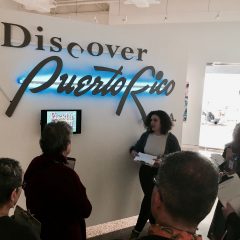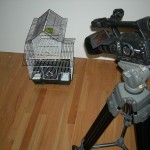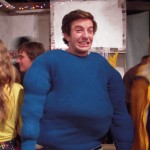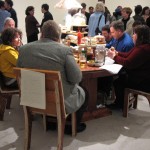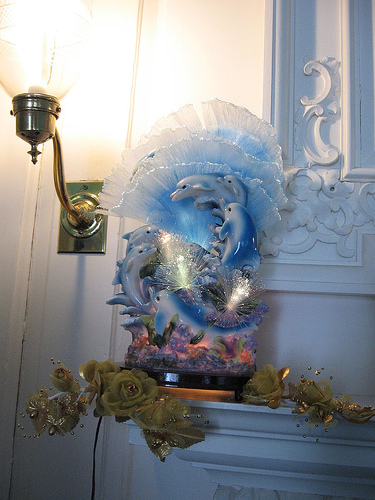
The Powel House is one of a number of wonderful historical houses in Philadelphia that often go ignored by the crowds seeking out the Liberty Bell or the whiz bang of the new Constitution Center. As for the locals, it’s tough to get their attention too.
The Powel House was once the home of the mayor of the city, overseeing Philadelphia during its transition from a colonial city to the new nation’s capital. He was the last mayor to serve while Pennsylvania was a colony. What remains is enough to give some clues about life in that times–and yet, of course, not quite enough.
To lure people inside, the Philadelphia Society for the Preservation of Landmarks has been bringing the arts and performances into this historic house and others–an effort that according to curator Robert Wuilfe has met with some success. He cited a recent experimental music concert that packed the place.
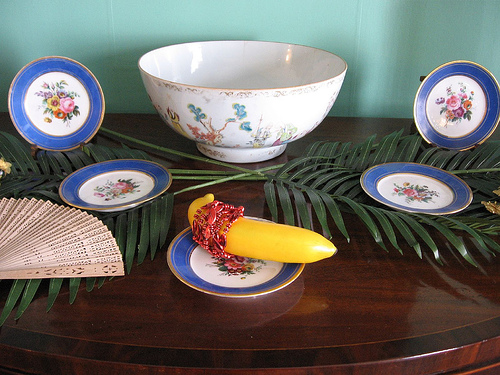
Roxana Perez-Mendez’s installation, “Declaracion,” on display until April 2, inserts Perez’s Puerto Rican identity into the Colonial milieu, starting with the Puerto Rican flag hanging in front of the building, tropical island kitsch resting on the mantle and a banana wrapped in shiny beads on the sideboard.
These are small touches, but on the second floor the electronics take over and turn this installation into a feat of imagination that has been growing on me steadily since I stopped in. There’s the picture-framed video on a nightstand of fireworks over San Juan. I wondered if it was modern Philadelphia at first. Then I wondered if it was Iraq–or the American Revolution, right here in Philadelphia.
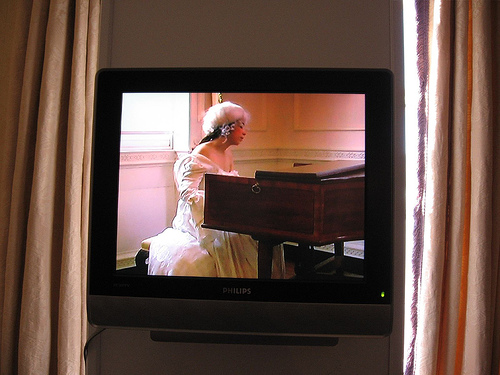
A pair of videos embedded in colonial looking columns show Perez dressed in colonial garb and white wig, powdering and rouging her face and behaving in intimate ways on the bed. They also show her playing the harpsichord–the same instrument that is in the ballroom.
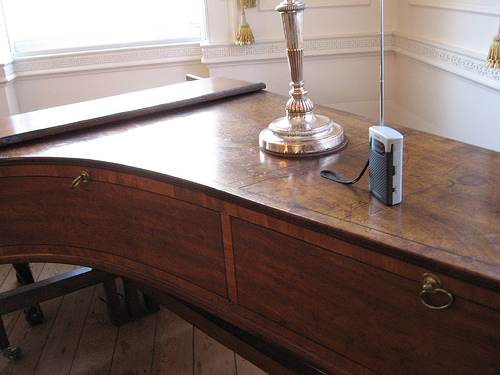
In the ballroom resting on the harpsichord is a little recording device playing harpsichord music. It’s easy to imagine the men and women dancing in this room to that music when the Powels lived in the house. But it turns out the music is La Borinqueña, the national anthem of Puerto Rico.
Perez’ presence in the house becomes more and more real in my memory. I didn’t think the slides projected of herself into a doll house really worked. But all the video and music on the second floor is magical, creating a pampered new lady of the house leading a life of leisure and self-absorption.
The dime-store decorations downstairs, with their cheesy kitschiness, take on class issues. But the upstairs items–the video performances, the nightstand “photo,” La Borinqueña–have a ghostliness that inhabits the space.


